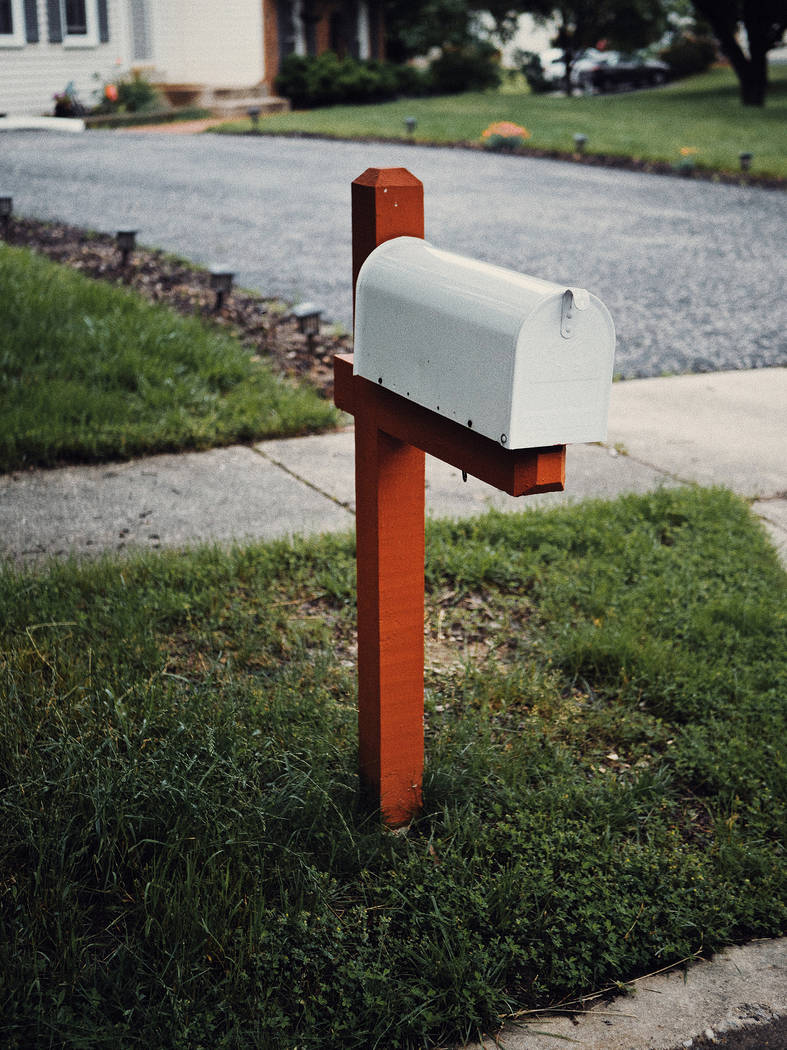NALC’s Carrier Alert program helps older adults age in place
Over the years I’ve written about interior changes that should be done as we or family members age and want to stay at home. It’s what we call aging in place.
When people hear the term, the first thing they associate it with is interior home modifications, such as lowering the height of cabinets, putting in a wheelchair accessible shower, widening doorways or adding a first-floor bedroom. It’s become a whole new industry over the past few years.
Older adults would rather stay in their home and neighborhood than move to a new one, even if it was more suited to their physical needs. It’s important for them to be independent and keep active in their community.
Aging in place is much more than just addressing interiors; we also have to think about being safe when alone at home as well as outside the home. So this month’s column is not about interiors, but exteriors. I wanted to share some programs I’ve learned about safety for those looking to age in place.
First, not all older adults want to wear an alert button or watch; some feel it’s the first step in taking away their independence. I know from personal experience with my mom.
Everyone is not fortunate enough to have family living nearby. So who can be there on a daily basis to help watch over them? The National Association of Letter Carriers, NALC, can do that.
The NALC has the Carrier Alert program, a joint program between NALC, the U.S. Postal Service and a local service organization, such as the United Way, Red Cross or the Agency on Aging. Carrier Alert is a free community service program developed to monitor the well-being of older adults, those homebound and disabled mail patrons.
Now I’m pretty sure 95 percent of those reading this have never heard of the Carrier Alert program. I didn’t until I was doing research for an article. Even a retired postal worker of 30 years I know had never heard of it.
So how does it work? The individual first registers with the local agency managing the program. This agency will notify the Post Office, which places a decal in the person’s mailbox. When a carrier notices an accumulation of mail, the carrier will notify the appropriate officials, who will then check on the person and, if something’s wrong, contact family, police or emergency services.
Participation in the program is voluntary, and operation depends on local agencies. But here in Nevada, the program is active.
In speaking with the president of the Las Vegas NALC, there’s proof the program works. A carrier in Summerlin noticed one of his program participants had not picked up her mail, which she did daily. He notified his superior and found that she had fallen. Without the program, she may have laid there for days.
While the Carrier Alert program helps keep a watchful eye on an older adult while in his or her home, a walkable audit can be conducted to make sure those individuals are safe when outside. A Walkable Audit is a review of walking conditions, both around the home and in the community. To get a true perspective of the walkability, complete the audit with the assistance of a walking stick or walker.
Let’s start at home. Are there any hazards when coming in and out of the garage, front or back doors? My mom had a doormat in the garage entry to the house and a throw rug right inside the door. One day, the rug got twisted up in the threshold and, yup, she fell.
The rug wasn’t necessary as she wiped her feet on the doormat coming in. She had no need to wipe them going out.
What about taking the trash out? How about the front courtyard or back patio? I know area rugs are pretty under a patio table, but it may be the time to remove them. The chairs can get caught when going to sit down or get up. Are there any loose pavers that have been on the list to get fixed? Is there adequate lighting at all the doors and on walkways?
Now it’s time to walk around the neighborhood. During a walkable audit, specific attention should be placed on crossing streets, sidewalk conditions, barriers to community amenities, driver behavior and safety.
Is there adequate lighting? Are there any cracked or uneven sidewalks that could cause falls when going to the mailbox? Are driver behaviors unsafe, due to distractions or speed? Are cars blocking the sidewalks? Are there unleashed dogs?
These may all be things your city officials and property managers are not aware of, so let them know. This isn’t meant to be a whistleblowing opportunity, but informational as their eyes can’t be everywhere.
Although aging in place may not be an option for all, remaining in our homes is preferred indefinitely as we age, so let’s make both the inside and outside safe.
For more information about the Carrier Alert program go to www.NALC.org. For more information on conducting a walkable audit, go to www.AARP.com to download its walk audit tool.
Gail Mayhugh, owner of GMJ Interiors, is a professional interior designer and author of a book on the subject. Questions may be sent by email to GMJinteriors@gmail.com. Or, mail to 7380 S. Eastern Ave., No. 124-272, Las Vegas, NV 89123. Her web address is www.GMJinteriors.com.


















